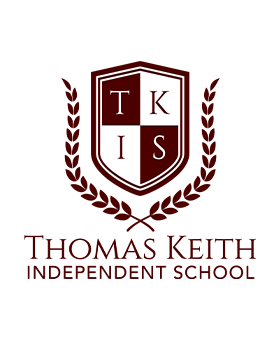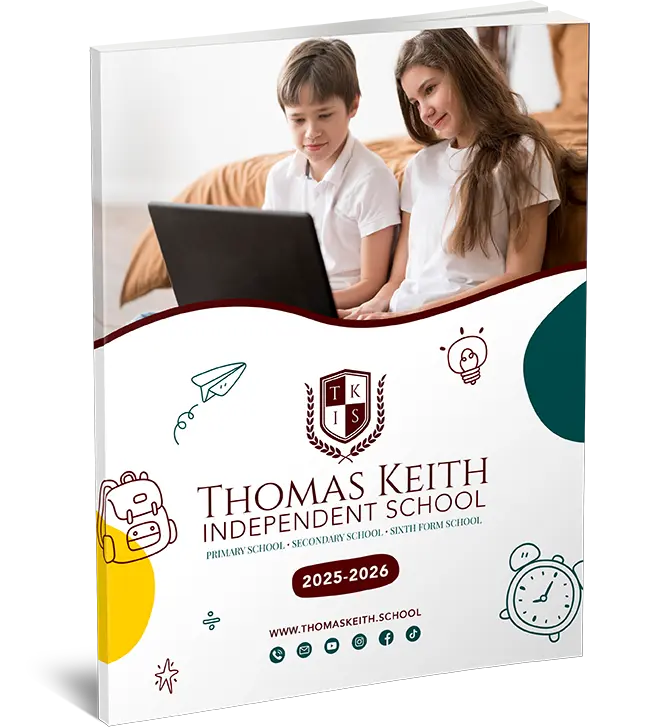KS2 Grammar Glossary
KS2 Grammar Glossary
The Key Stage 2 (KS2) grammar glossary is a vital resource for students, teachers, and parents. It defines and explains essential grammar terms used in the KS2 English curriculum. This guide provides clear and concise definitions of these terms, with examples where necessary, to make learning grammar simple and effective. Understanding these terms is crucial for students enrolled in independent schools like Thomas Keith Online Independent School to master English grammar and excel in exams.
![]()
Grammar Terms in KS2
1. Adjective
An adjective describes a noun or pronoun, giving more detail about its qualities.
- Example: The tall building stood in the middle of the street.
2. Adverb
An adverb modifies a verb, adjective, or another adverb. It describes how, when, where, or to what extent an action happens.
- Example: She dashed to catch the bus.
3. Clause
A clause is a group of words that contains a subject and a verb.
- Example: I will go to the park if it doesn’t rain.
4. Conjunction
A conjunction connects words, phrases, or clauses.
- Example: I wanted to go, but I stayed home instead.
5. Determiner
A determiner comes before a noun to indicate quantity, possession, specificity, or definiteness.
- Example: The book is on the table.
6. Homophones
Homophones are words that sound the same but have different spellings and meanings.
- Example: Their, there, and they’re.
7. Modal Verb
A modal verb expresses ability, permission, or obligation.
- Example: You must complete your homework.
8. Noun
A noun is a word that names a person, place, thing, or idea.
- Example: London is a busy city.
9. Phrase
A phrase is a small group of words that work together but do not form a complete sentence.
- Example: Under the table.
10. Preposition
A preposition shows the relationship of a noun or pronoun to another word in the sentence.
- Example: The cat is under the table.
11. Pronoun
A pronoun replaces a noun to avoid repetition.
- Example: John is playing football. He loves the game.
12. Subordinate Clause
A subordinate clause depends on a main clause to make sense.
- Example: I stayed at home because it was raining.
13. Verb
A verb shows an action, event, or state of being.
- Example: She is reading a book.
14. Tense
Tense refers to the time of an action or state, such as past, present, or future.
- Example: She danced yesterday.
15. Subject
The subject is the person, place, or thing acting in a sentence.
- Example: The dog barked loudly.
The Importance of Grammar for KS2 Students
Understanding grammar helps students improve their writing and speaking skills. It also ensures they perform well in national assessments like the SATs. Online schools, such as Thomas Keith Online Independent School, provide excellent support with resources and expert guidance to make learning grammar straightforward and engaging.
![]()
FAQs
- What is the KS2 Grammar Glossary?
The KS2 Grammar Glossary is a list of essential grammar terms that students need to know by the end of Year 6. - Why is grammar important in KS2?
Grammar builds a strong foundation for writing and speaking skills, which are assessed in SATs and used in daily communication. - How can online schools help with KS2 grammar?
Online schools like Thomas Keith Online Independent School provide structured lessons, interactive tools, and personalised support to make grammar easy to learn. - What resources can parents use to help children with KS2 grammar?
Parents can use grammar glossaries, practice worksheets, and online lessons to support their children’s learning.
Conclusion
A strong grasp of grammar is essential for KS2 students. By understanding the terms in this glossary, students can improve their language skills and succeed in their studies. Independent schools like Thomas Keith Online Independent School ensure that students receive quality education tailored to their needs, making learning grammar accessible and enjoyable.




